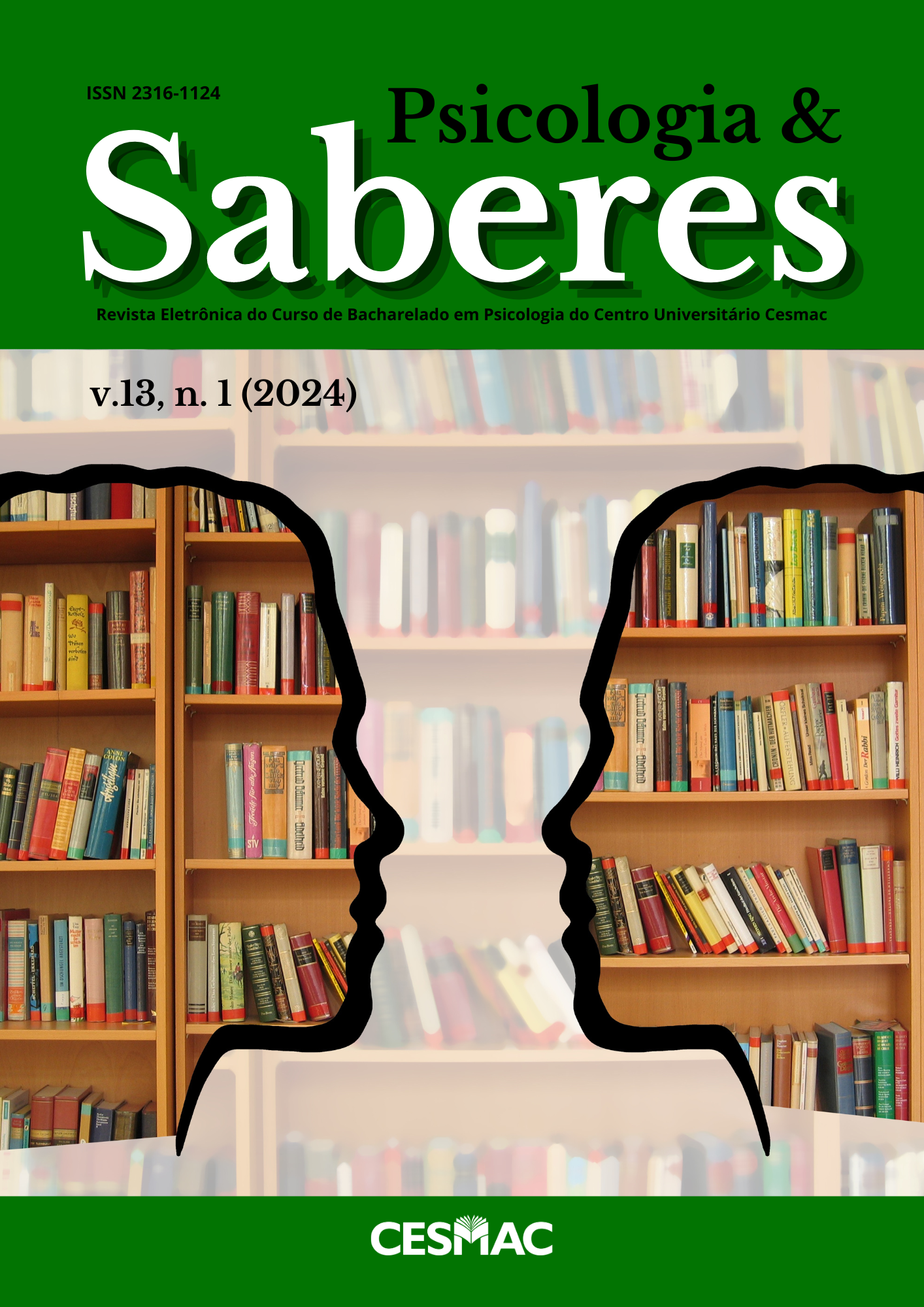Rooftop Garden In The Thermal Comfort Of Guardhouses: A Sustainable Alternative In The Ponta Verde Neighborhood, Maceió-AL
UMA ALTERNATIVA SUSTENTÁVEL NO BAIRRO DA PONTA VERDE, MACEIÓ-AL
Abstract
Abstract: The green roof is a sustainable architectural technique that involves the use of vegetation on building roofs, offering environmental and comfort benefits for residents. Its key contributions include temperature reduction, heat island mitigation, improved stormwater drainage, and aesthetic enhancement of urban environments. This article analyzes the effectiveness of green roofs in terms of thermal comfort in buildings in the city of Maceió, aiming to encourage their adoption by architects and urban planners, highlighting their benefits. The research was conducted in the Ponta Verde neighborhood, where four guardhouses were evaluated. Temperature, light, and humidity, both internal and external, were measured at two times of the day (morning and afternoon). The data were analyzed using the Tukey test in the GENES software. The results revealed that the green-roofed guardhouses had lower internal temperatures and humidity levels, even during periods of higher heat and solar radiation. The presence of vegetation and reflective coatings significantly contributed to the reduction of internal temperature and humidity. However, despite the proven benefits, green roof technology is still not widely implemented. Its inclusion in Architecture and Urbanism curricula, as well as its application in landscaping companies, is essential to promote urban sustainability in Maceió by increasing green areas, improving thermal comfort, air quality, reducing noise pollution, and enhancing the city's aesthetic.
Keywords: Green roof. Sustainability. Air quality.
Downloads
References
Barbirato, G. M., Barbosa, R. V. R., Fernandes, E. F. & Morais, C. S. (2002) Análise de perfis térmicos urbanos em Maceió-AL. Anais do IX Encontro Nacional de Tecnologia do Ambiente Construído (ENTAC), Foz do Iguaçu, Paraná-Brasil, Anais, pp. 319-325.
Cruz, C. D. (2013) Genes: a software package for analysis in experimental statistics and quantitative genetics. Acta Scientiarum. Agronomy, v. 35, n. 3, p. 271-276 https://doi.org/10.4025/actasciagron.v35i3.21251.
Catuzzo, H. (2013). Telhado verde: impacto positivo na temperatura e umidade do ar. O caso da cidade de São Paulo. Tese de Doutorado, FFLCH, Universidade de São Paulo, São Paulo. doi:10.11606/T.8.2013.tde-18122013-123812. Recuperado em 2024-01-22, de www.teses.usp.br.
Dias, A. E. (2016). O desempenho térmico de uma cobertura verde em simulações computacionais em três cidades brasileiras (Dissertação de mestrado). Universidade Federal de Santa Catarina, Programa de Pós-Graduação em Engenharia Civil. https://repositorio.ufsc.br/xmlui/handle/123456789/175074.
Ecotelhado (2021) Soluções em Sistemas para Arquitetura Sustentável e Bioconstrução, Recuperado em 2021-08-10, de https://ecotelhado.com.
Minke, G. (2005) Techos verdes: Planificación, ejecución, consejos prácticos. Montevideo, Uruguay: Editorial Fin de Siglo.
Oliveira, P. L., Soares, R. G. & Santos, S. X. (2016) Desempenho térmico das edificações: estudo comparativo entre o telhado verde e outros tipos de coberturas. Petra, v. 2, n. 1, p. 36-55.
Penz, M., Stulp, K., Moreira, L. S., Bressler, L. R. & Weis, A. A. (2017) Telhados verdes como alternativa ao meio urbano: conforto térmico. Revista Infinity (Revista dos Cursos de Arquitetura e Urbanismo, Engenharia Civil e Engenharia de Produção), v.2, n. 1, p. 1-18.
Souza, M. A. (2022). Influência do telhado verde no conforto térmico em instalações zootécnicas (Dissertação de mestrado). Universidade Federal de Viçosa, Programa de Engenharia Agrícola. https://doi.org/10.47328/ufvbbt.2023.411.
Souza, R. O. L., Ferreira, M. L. S. S. & Vasconcelos, C. A. B. (2015) Telhado Verde de baixo investimento composto por plantas medicinais e aromáticas. Semioses, 9 (2), 48-58.







